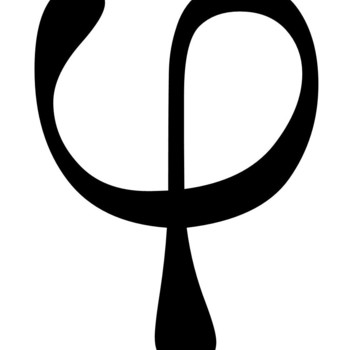The #x#-value of the vertex is the line of symmetry of a parabola.
The #y#-value of the vertex is the minimum value, when the leading coefficient, #c#, is of #c>0#. When #c<0#, the #y#-value of the vertex is the maximum value.
The coordinates of the vertex are #(h,k)#, when the quadratic is of the form #a(x-h)^2+k#.
We need to find #h# for the line of symmetry, and #k# for the minimum value.
We first write #x^2-4x-2# as:
#(x^2-4x)-2#, where #a=1#.
We must then complete the square. Add #4# inside the brackets and subtract it outside.
We get #(x^2-4x+4)-6#
Which reduces to:
#(x-2)^2-6#.
So the vertex has the coordinates #(2,-6)#, and the axis of symmetry is at #x=2#, and the minimum value is #y=-6#.
When #c>0#, the maximum value is #oo#. When #c<0#, the minimum value is #-oo#. Here, #c>0#, so the maximum value is #oo#.

